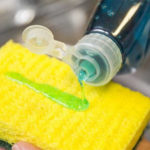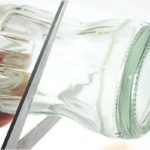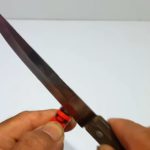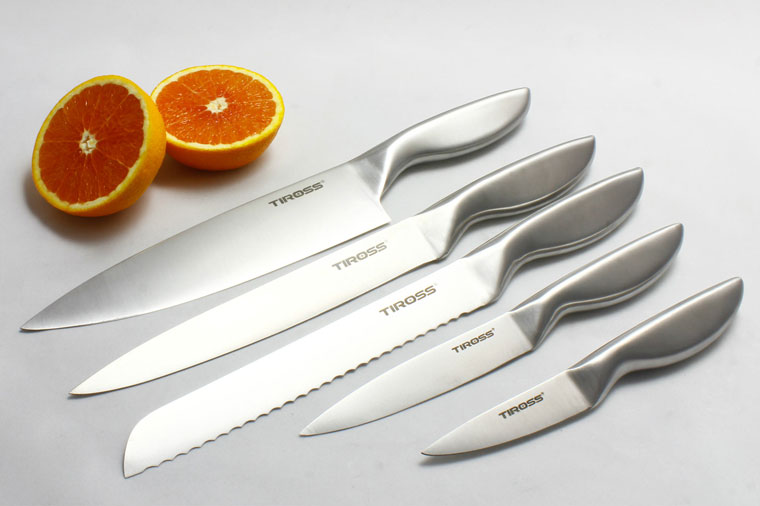
It’s inevitable for knives to become dull over time, making kitchen tasks more difficult and tedious. While there are various knife sharpeners available on the market, they often fail to maintain the sharpness for an extended period. Experts agree that the most effective way to sharpen knives is by using a sharpening stone.
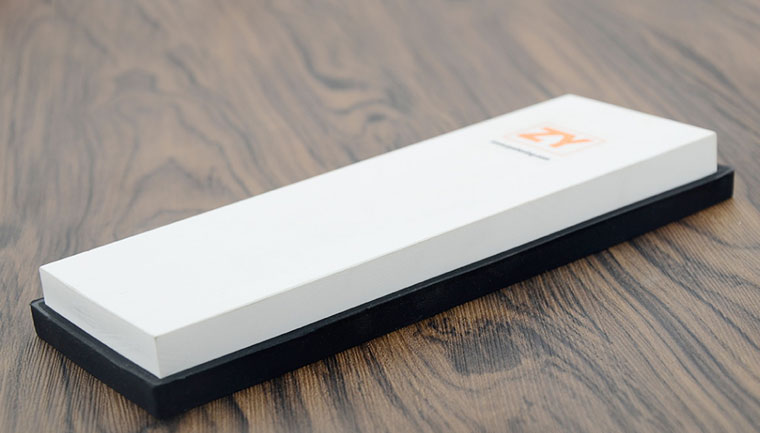
Sharpening stones are easily accessible and affordable. By using a sharpening stone, you can achieve a finer edge on your knives, and the sharpness will last longer.
Here’s how to sharpen your knives using a sharpening stone:
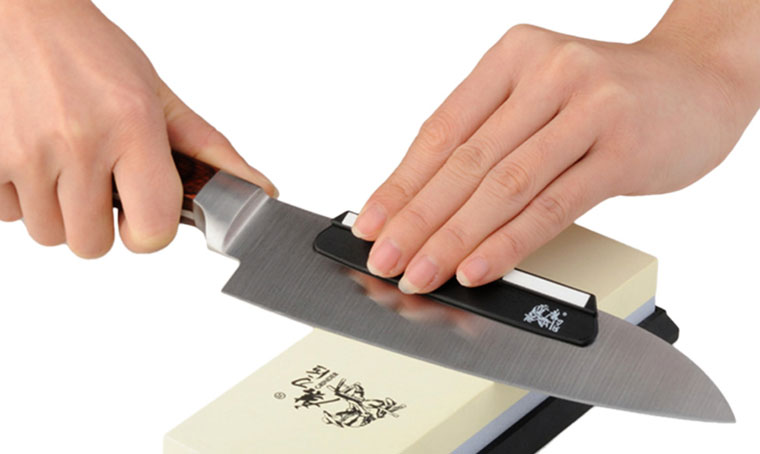
– Soak the sharpening stone in water for about 10 minutes before use.
– Sharpening stones typically have two sides: a coarse side and a finer side. Start with the coarse side up. Hold the knife at a 25-degree angle to the stone, apply pressure, and move the knife back and forth across the stone about 10 times. Remember to sprinkle water on the stone during this process for the best results.
– Next, turn the knife over and repeat the process on the other side of the blade.
– Flip the stone to the finer side, and with the knife still at a 25-degree angle, stroke the knife across the stone in a single direction about 10 times. Do the same for the other side of the knife.
– After sharpening, soak the knife in hot water. Clean the sharpening stone with hot water, dry it, and store it in a safe place.

With this sharpening technique, you can rest assured that your knives will always be sharp. Depending on the frequency of use, perform this sharpening process once a week or once every two months to maintain the sharpness. Feel free to share your own experiences and tips with us!
The Ultimate Guide to Knife Care: Cleaning and Maintenance
Introducing the ultimate guide to knife care and maintenance! Knives are an essential tool in any kitchen, but do you know how to keep them in top condition? With our expert tips, you’ll learn the secrets to proper knife cleaning and storage, ensuring your knives stay sharp and pristine. From preventing rust to mastering the perfect edge, we’ll take you through the ins and outs of knife care, so you can chop, slice, and dice like a pro. Stay tuned for the ultimate upgrade to your kitchen skills!
5 Tips to Transform Your Old Scissors into a Good-as-New Pair
Introducing a new way to keep your scissors sharp and ready for action! Forget the notion that only a professional sharpener can restore their precision – with a few simple tricks and household items like glass bottles, sandpaper, aluminum foil, or sharpening stones, you can transform your dull scissors into a cutting-edge tool. It’s time to say goodbye to blunt cuts and hello to a new level of precision.
The Secret to Using Old Lighters to Sharpen Your Knife with Speed and Precision
“A sharp knife is a chef’s best friend, and a well-maintained knife is the secret to a seamless cooking experience. While knives are essential in every kitchen, they require proper care to stay in prime condition. Over time, they can become dull and less effective, but fear not! We’ve got an unusual yet effective hack to sharpen your knives using a simple, old-school lighter. Stay tuned as we reveal this intriguing trick to transform your dull blades into cutting powerhouses!”


























